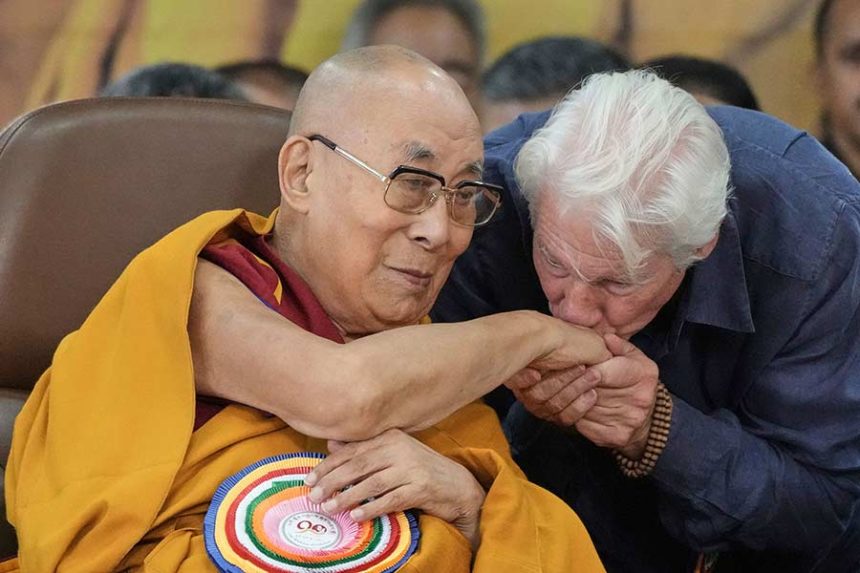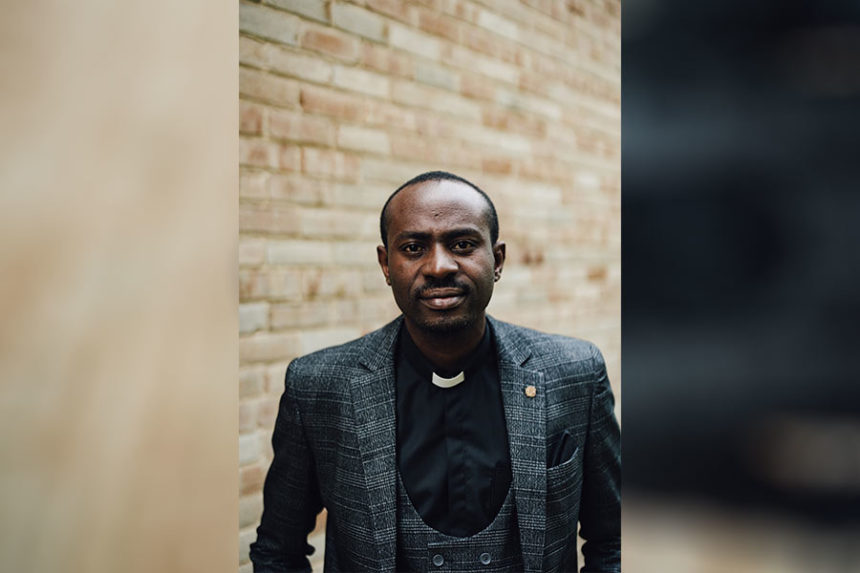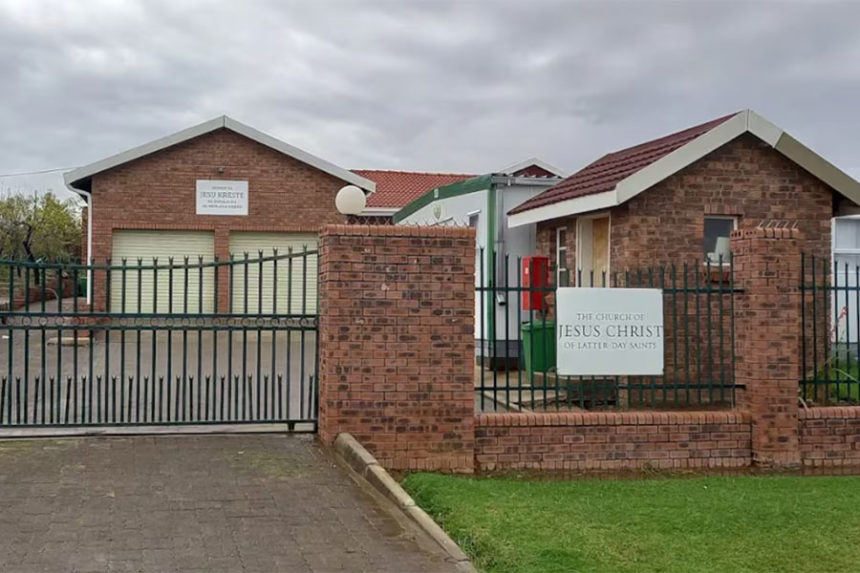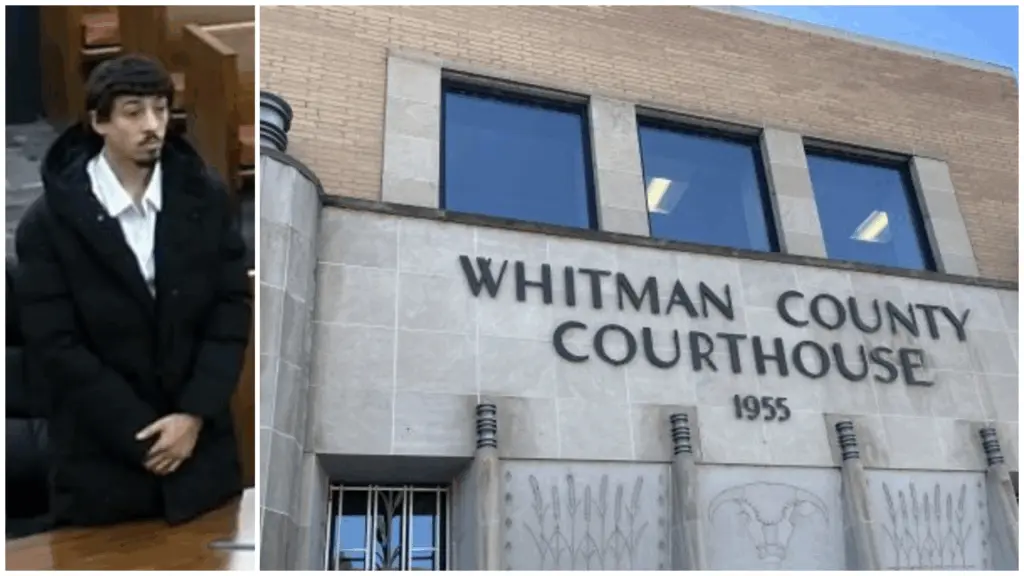(AP) KNOXVILLE, Tenn. In what is thought to be the longest period of storage prior to birth, an embryo that was frozen for over 30 years gave birth to a baby boy born last week to a couple in Ohio.
After years of struggling with infertility, Lindsey and Tim Pierce used a small number of donated embryos that had been frozen since 1994 in an effort to conceive. This process is known as embryo adoption. After 11,148 days in storage, their son was delivered on Saturday, setting a record, according to the Pierces’ physician.
The idea has been around since the 1990s, but it is becoming more popular as some fertility clinics and advocates—many of whom are Christian—oppose the disposal of leftover embryos because they believe that all embryos should be treated like children in need of a home and that life begins at or around conception.
According to 62-year-old Linda Archerd, who gave her embryos to the Pierces, “I always felt that these three little hopes, these little embryos, deserved to live just like my daughter did.”
In vitro fertilization accounts for only around 2% of births in the United States, and donated embryos are used in an even less percentage.
But according to medical experts, there are currently 1.5 million frozen embryos in storage across the nation, many of which are in limbo while parents decide what to do with their remaining IVF lab-created embryos.
RELATED | Can unused frozen embryos be resolved through adoption?
A 2024 ruling by the Alabama Supreme Court that declared frozen embryos to have the legal standing of infants further muddies the waters. Although concerns persist regarding the remaining embryos, state officials have subsequently come up with a temporary solution that shields clinics from responsibility resulting from that decision.
According to Archerd, she started using IVF in 1994. The capacity to freeze, thaw, and transfer embryos was a significant advancement at the time, allowing hopeful parents to produce more embryos and improve the likelihood of a successful transfer.
At first, she intended to use all four of the embryos that she ended up with. However, Archerd’s plans to have further children were thrown off when she and her husband were separated following the birth of their daughter.
Archerd claimed that as the years stretched into decades, she felt guilty about what to do with the embryos because storage costs kept going up.
She eventually discovered Snowflakes, a branch of Nightlight Christian Adoptions that allows donors like Archerd to participate in open adoptions. Additionally, she had the ability to specify which families would be the recipients of her embryos.
She remarked, “I wanted to be a part of this baby’s life.” Additionally, I was curious about the adopting parents.
The procedure was challenging; in order to obtain the necessary paperwork for the donation, Archerd had to get in touch with her first reproductive specialist in Oregon and search through paper records. After that, the embryos had to be transported from Oregon to Tennessee to meet the Pierces physician. Rejoice Fertility, a clinic in Knoxville, has a reputation for treating embryos kept in antiquated and older containers and refuses to throw away frozen embryos.
One of the three donated embryos that Archerd sent to the Pierces failed to thaw. Only one of the two that were moved to Lindsey Pierce’s womb was able to implant.
The nearly 31-year-old embryo was transferred, making it the longest frozen embryo to produce a live newborn, according to Dr. John David Gordon. Gordon claims that his clinic helped set the previous record when Lydia and Timothy Ridgeway were born from embryos that had been frozen for 10.905 days, or 30 years.
According to Gordon, these stories pique people’s interest. However, I believe they also offer a small warning: Why are these embryos being kept in storage? Why do we have this issue, you know?
Lindsey and Tim Pierce said in a statement that the clinic’s assistance was just what they needed.
Lindsey Pierce stated, “We just wanted to have a baby, so we didn’t go into this thinking about records.”
The donation process has been a roller coaster of emotions for Archerd. She was relieved that her embryos had at last found a home, but she was also sorry that they couldn’t be with her and a little nervous about what may happen next—like meeting the Pierces and the baby in person.
She mentioned that the parents had already provided a number of photos following the delivery and expressed her hope that they would send more. One day, I hope to meet them. Meeting them and the baby would be a dream come true.












